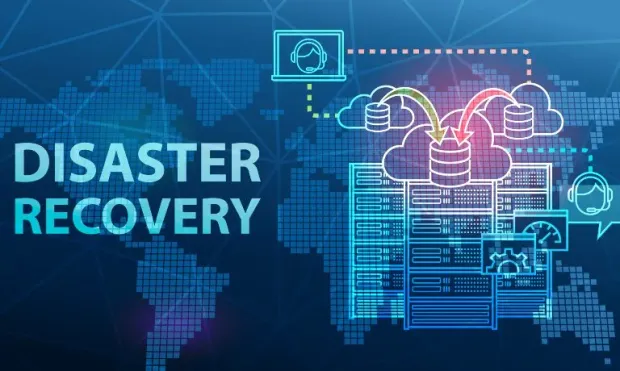Incident Response Vs. Disaster Recovery: What’s The Difference and Which Do You Need?
When a business has a disaster, its recovery falls into two categories: incident response and disaster recovery. This blog offers an overview of the most important aspects of each, as well as the reasons you might choose one over the other.


Learn How to Master Digital Trust

The State of Consumer Digital ID 2024

Top CIAM Platform 2024
Introduction
Cybercrime is becoming increasingly sophisticated, and security breaches are occurring at record numbers. Businesses need to be prepared for the worst-case scenario by developing a disaster plan.
The most important aspect of an organization's ability to handle incidents effectively is reducing downtime and minimizing any damage, and that's how an effective incident response program and disaster recovery plan come into action. They ensure that you can effectively respond to incidents and recover from disasters.
Incident response and disaster recovery are very different, but they're both critical components in any organization's ability to handle incidents. In this blog, we will discuss the differences between the two recovery plans and also the types of threats associated with them.
What is an Incident Response Plan?
An incident response plan is a proactive plan that helps you prepare for a cybersecurity breach. It is an organized response to security incidents that involve detection, analysis, containment, eradication, and recovery. It identifies the most likely threats, documents steps to prevent them from happening, and creates procedures for how to respond if they do occur.
They are a crucial part of any cybersecurity strategy. The plan is focused on how a business will detect and manage a cyberattack to reduce potential damages and consequences to the business.
When a data breach occurs, it is easy to become overwhelmed by the sheer amount of work that has to be done. However, if you have an incident response plan in place, it will ensure that your business is prepared with the right personnel and procedures to reduce recovery time and the costs associated with the breach.
What is a Disaster Recovery Plan?
When your business is hit by a cyber-attack, you need to be prepared to get back up and running as quickly as possible. A disaster recovery plan addresses more significant questions surrounding a potential cyber attack, identifying how the business will recover and resume normal work operations after a security breach. A plan which will keep your business running smoothly when a disaster strikes.
Disaster recovery plans focus on business continuity and helping the enterprise recover after an outage or other disaster. It focuses on maintaining operations after an outage or disaster so that business functions can continue as usual until full functionality is restored. It helps protect your business's critical data and applications in case of a significant interruption. The more detailed and sophisticated your disaster recovery plan is better your chance of recovering essential documents, applications, and data for your business.
Key Differences Between an Incident Response Plan and Disaster Recovery Plan
There's a lot of confusion around the difference between incident response vs. disaster recovery plans. It's understandable, as they both address similar types of events and can seem like they're interchangeable. But the truth is that they are very different, and you need to know which one you need before you start planning your company's security strategy.
Incident response plans are important to any organization's cyber security strategy. It's a set of policies and procedures that outline what steps need to be taken in case of a cyberattack and how the organization plan to respond to an attack if its networks become compromised. The goal of an incident response plan is to ensure that your business can respond quickly and efficiently when there’s been a breach or loss of data. It also helps you identify what went wrong and how you can prevent it from happening again.
A disaster recovery plan is more specific as it focuses on restoring the business processes that an event or disaster has disrupted. It can also be used to prepare for future disasters by documenting existing processes and procedures followed in case of such an event so that they don’t need to be reinvented again if faced with another similar situation in the future.
Conclusion
In the end, it's not just about having a plan for dealing with an incident or disaster that has already happened. It's also a matter of how to invest in resources so that you are better suited for being successful in the event of a future incident or disaster.
If you have a disaster recovery plan but no incident response plan, you may ultimately waste more time and money on recovery than is necessary. The same goes for the other side; you may never fully recover if you have an incident response plan but no disaster recovery plan. Incident response and disaster recovery are just as important and should be developed in conjunction with one another.


